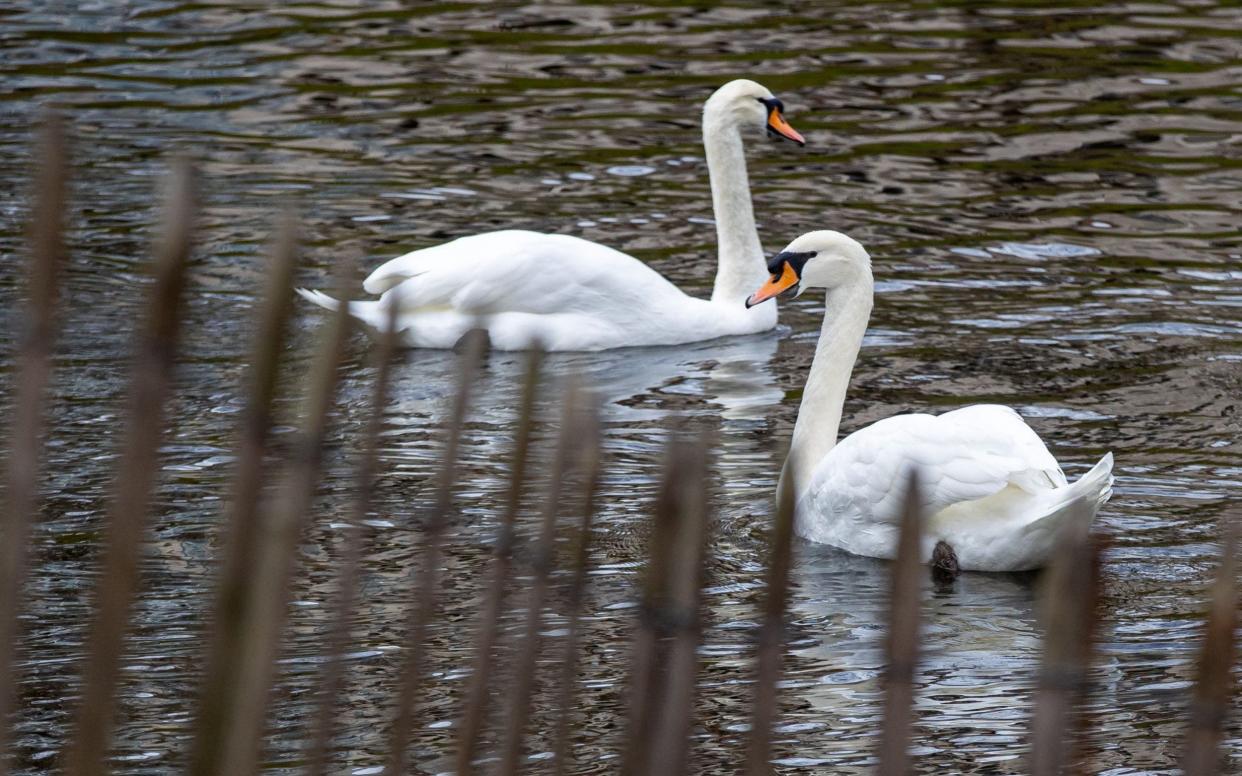Bird keepers on alert as swans found with suspected severe strain of flu

Fears are growing over the spread of bird flu after a spate of deaths among wild swans and geese in recent weeks.
The Department of Environment, Food and Rural Affairs (Defra) has asked members of the public to report any sightings of dead birds after confirming a number of cases of H5N8 in wild birds.
Some of the birds have contracted a highly pathogenic strain of H5N8 that is circulating in Europe and led to the culling of more than 13,000 chickens at a farm in Cheshire earlier this month.
Jan Harrigan, who oversees the Wychbold Swan Rescue centre in Worcestershire, said she had seen around 20 birds dying suddenly since last Friday, with numbers rising every day.
“I’m presuming that they’ve got bird flu,” she said. She couldn’t confirm reports that appeared in the Guardian suggesting swans had been found spinning in circles and discharging blood from their nostrils.
“There are no symptoms, they just suddenly die,” she said. “We’re sorry to see any of them die. It’s horrible. You don’t look after them for years to see them dying off with a complaint.”
The H5N8 avian influenza virus currently poses no risk to humans but the number of outbreaks has been increasing in recent years.
The highly pathogenic strain – meaning that it leads to more severe disease rather than it being more easily transmissible – has been identified on several farms in Europe and wild bird populations.
According to the Defra the highly pathogenic strain has been identified in wild birds in Gloucestershire, Devon, Dorset, Lancashire and Lincolnshire.
A six-mile control zone has been put in place around a theme park in Leicestershire after an outbreak was confirmed among poultry and captive birds on Monday.
Wild birds have been confirmed to have contracted H5N8 in 10 other locations around the country and scientists are still working out whether this is the highly pathogenic strain.
The last outbreak of highly pathogenic H5N8 hit 29 European countries in 2016-17, including the UK, and led to the culling of millions of poultry across the continent. In Germany alone 900,000 birds were killed.
Northern and eastern Europe is most at risk of an outbreak although the disease may spread to southern and western parts of the continent, the European Centre for Disease Control has said, urging European countries to be on the alert for the disease.
Earlier this month Defra declared an avian influenza prevention zone across England, Scotland and Wales, meaning it is now a legal requirement for all bird keepers to follow strict biosecurity measures. Anyone with more than 500 birds must restrict access to their site and ensure that vehicles, footwear and clothing are disinfected regularly.
Dr Holly Shelton, an expert in influenza viruses at the Pirbright Institute, said it was important to monitor outbreaks for any potential spread to humans but there have been no recorded cases of this particular strain in humans anywhere in the world.
“All influenza viruses have the potential to evolve and generate changes that might cause it to jump into another host species,” she said, adding that these viruses have to undergo multiple changes to make them spread in human populations.
“There are no characteristics in H5N8 that give us cause for concern that it might jump from person to person. But we still have to treat the viruses with care as the likelihood of them adapting will increase if they make small jumps into individuals,” she said.
Protect yourself and your family by learning more about Global Health Security

